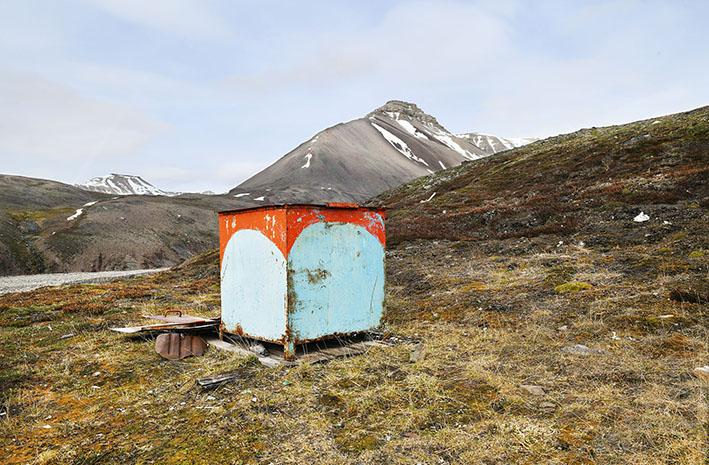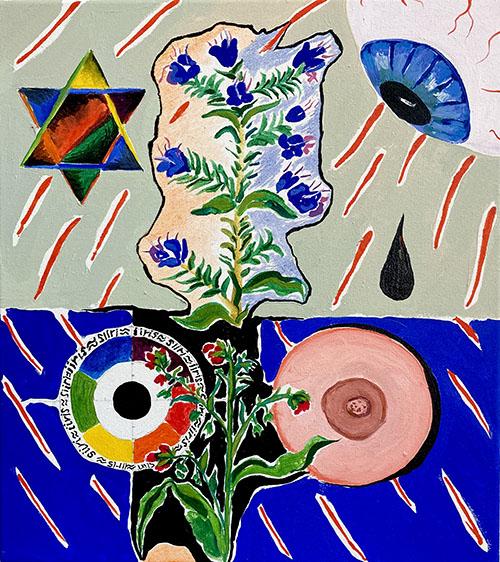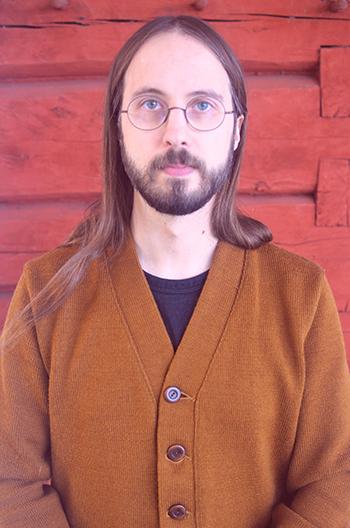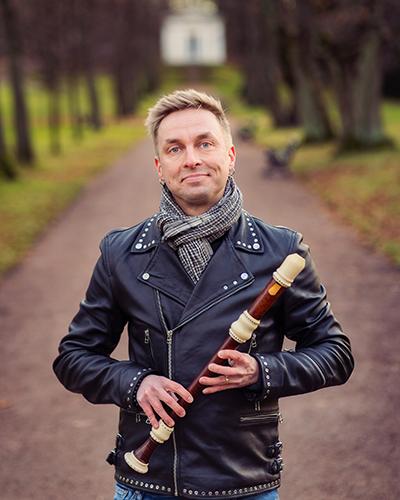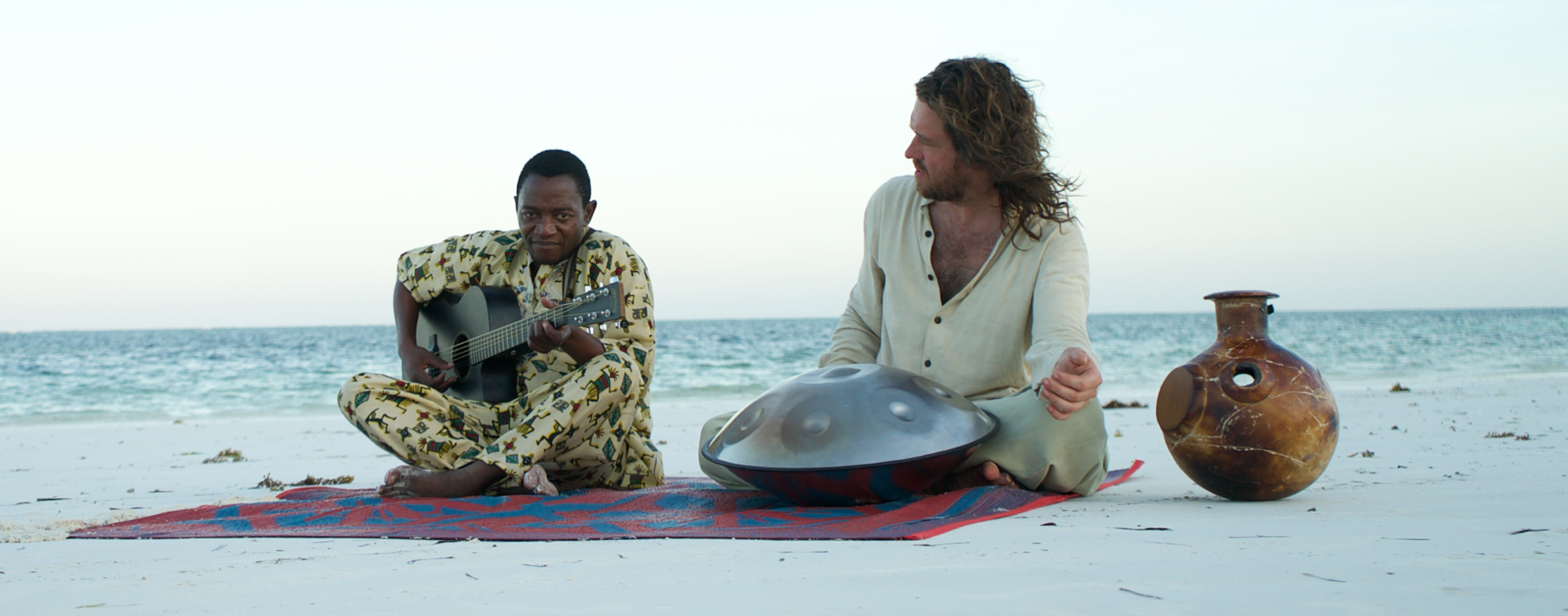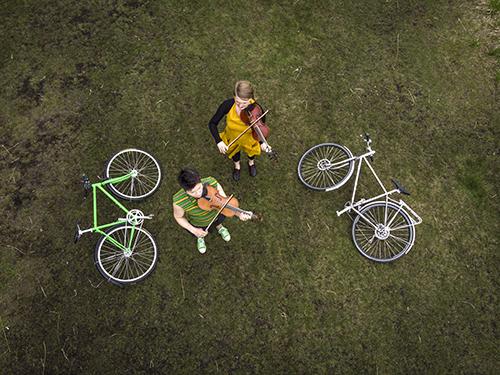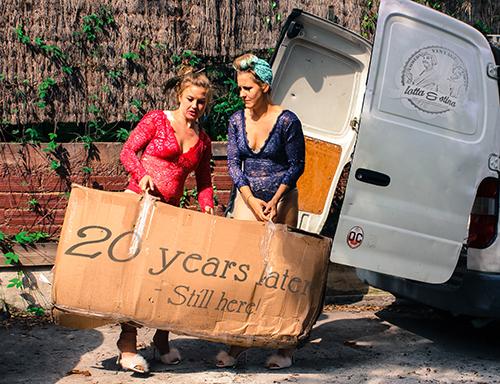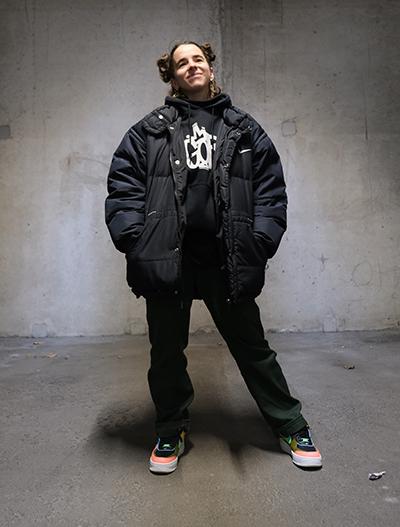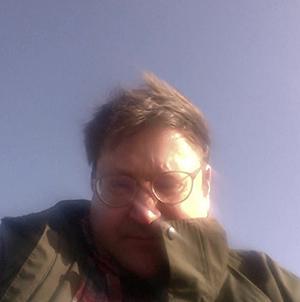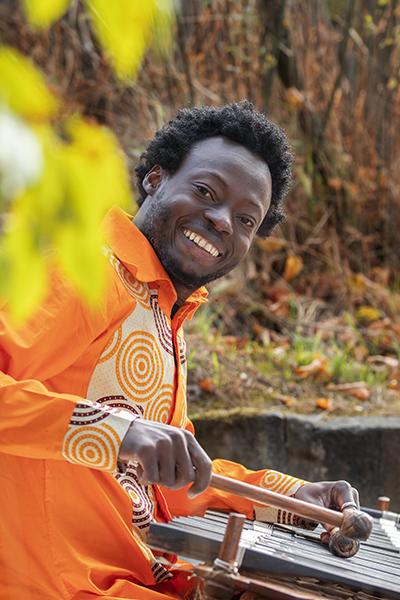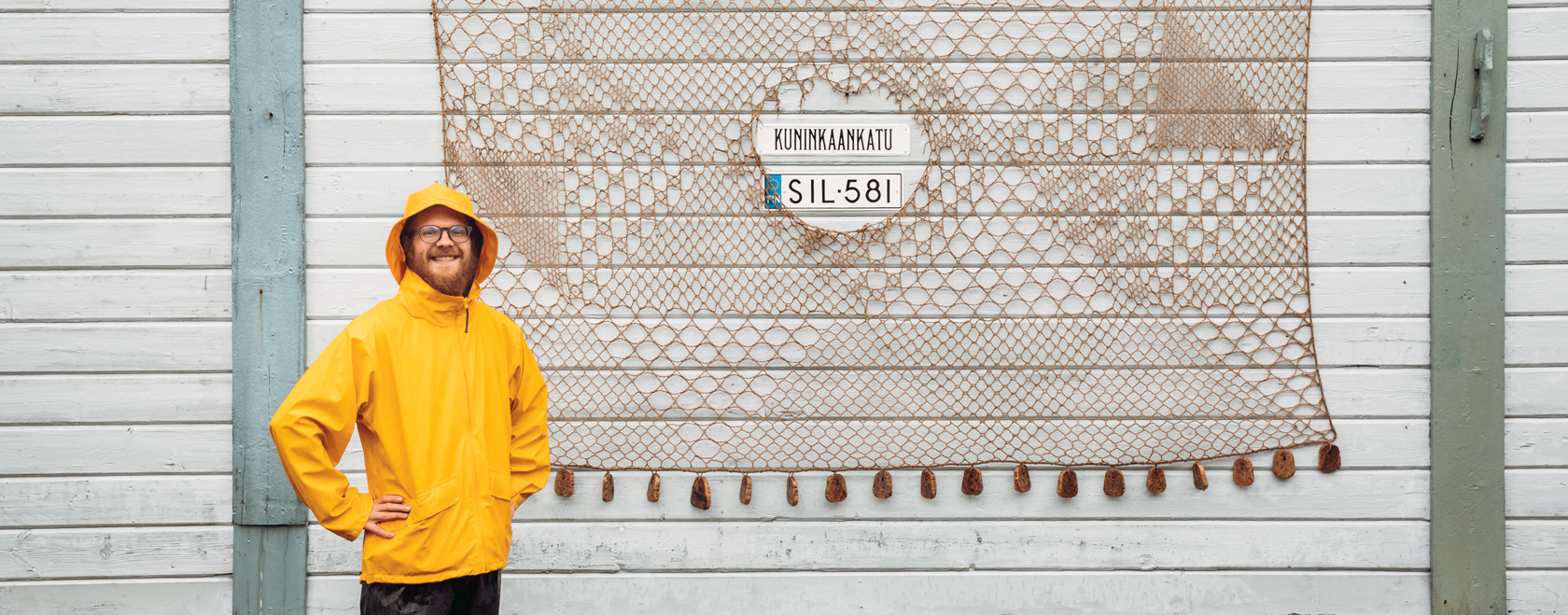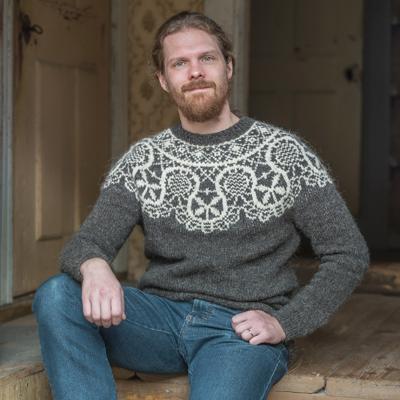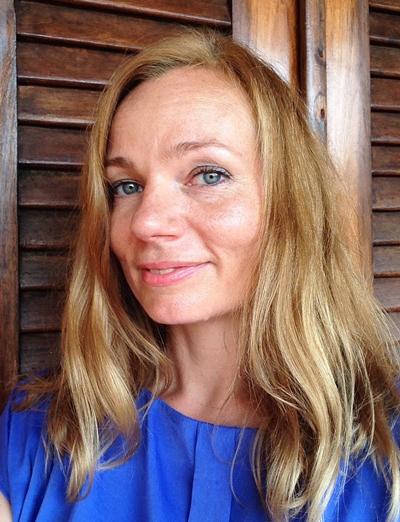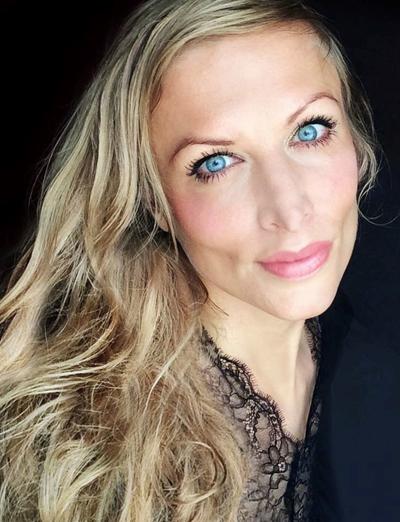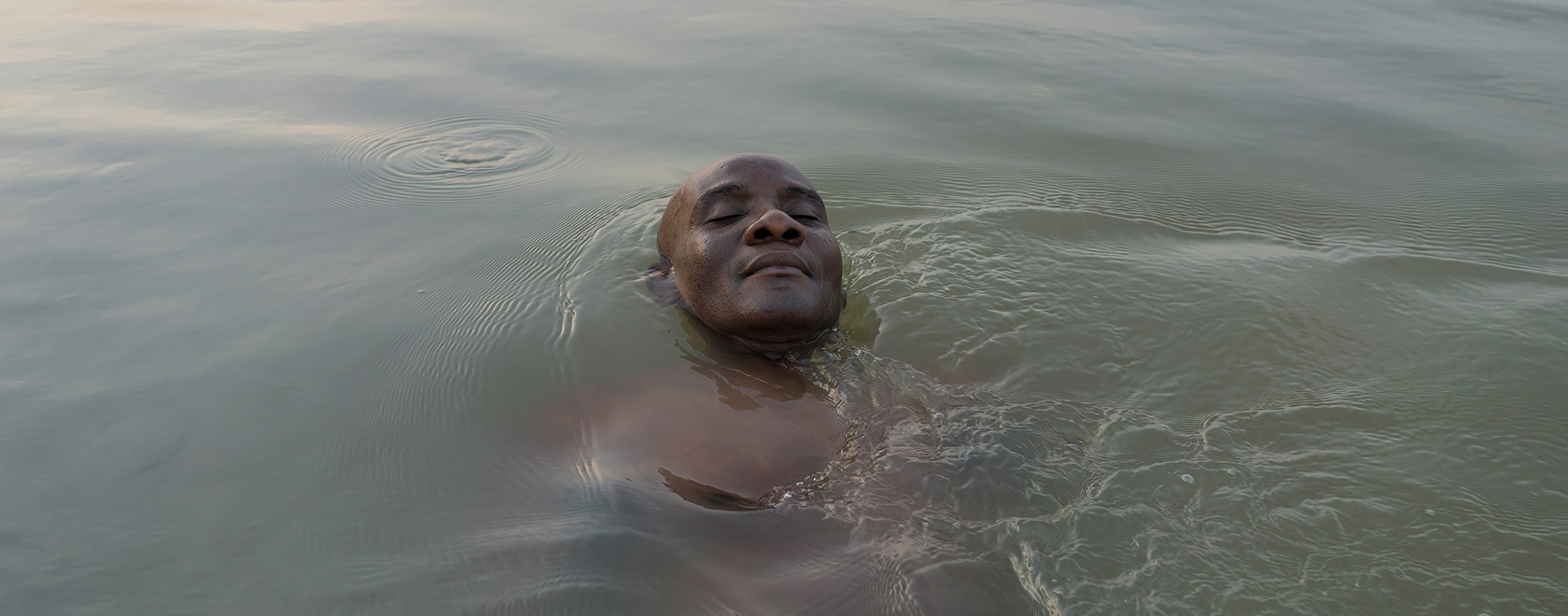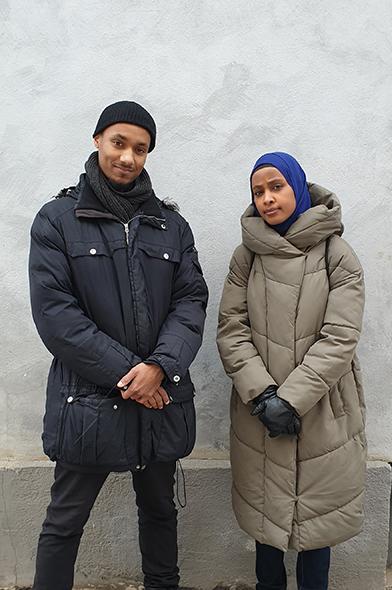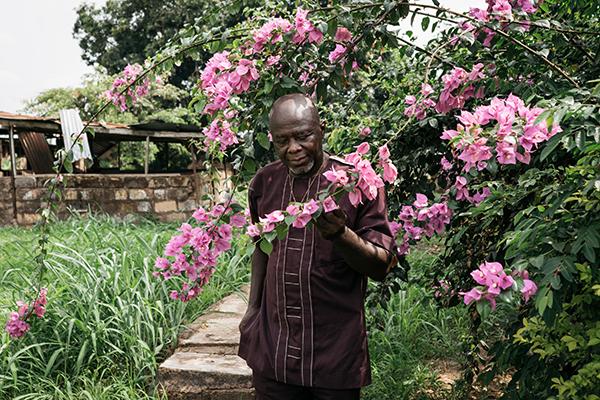Another record number of mobility grant applications – number of awarded grants doubled
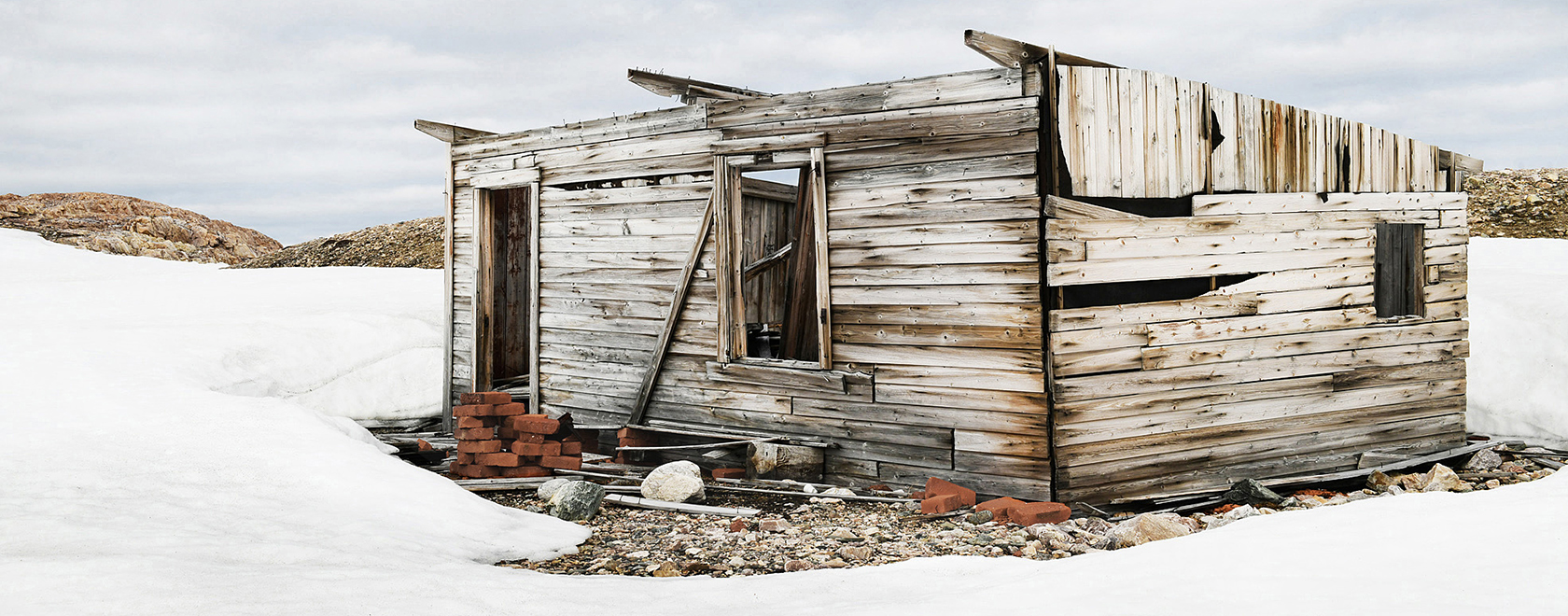
Mobility grants are intended to support residencies abroad, performance tours and exhibition projects, as well as travel for international collaborative projects. With a steady increase in the number of applications year on year, it was decided to award significantly more mobility grants this year. Support for international mobility creates possibilities for strengthening networks and offers new opportunities for action.
“This autumn’s round attracted a record number of applicants, and the level of applications was high. This is certainly encouraging, but it made the task of the expert panel particularly challenging. The highest number of applicants came from the fields of visual arts, music and the performing arts,” said Eriika Johansson, the coordinator responsible for the mobility grants.
The majority of the grants awarded ranged from €2 000 to €4 000. The largest, two grants of €10 000, were awarded to working groups. Teo Ala-Ruona, Master of Arts in Theatre, will use the grant to travel to the Performa Biennial in New York with his seven-strong team. Another large grant was awarded to the Musiikkitalon kuoro choir, whose 80 members will take The Dream of Gerontius to Cambridge.
Residence in the Svalbard Mountains
Kaisu Koivisto, a visual artist for 30 years, works multidisciplinarily. Her works include sculptures, installations, photography and video, in which she explores concepts of landscape, environment and nature.
“My most recent project is New Nuuk, in which I explore the expansion of Nuuk, the capital of Greenland, and the traces left by technology and human activity in the northern landscape. This is counterbalanced by a body of work on the major changes in the Sörnäinen, Merihaka and Sompasaari areas, which are significantly transforming urban space,” says Koivisto. In August 2024, the artist will head for Svalbard, where she will participate in The Arctic Circle expedition residency with a mobility grant.
Visual arts in Berlin
Artist Siiri Haarla, who focuses on painting, aims to create a link between painting and natural science. Her work combines many painting techniques, collage and text. Haarla’s previous exhibition Iiris≈siiri at Forum Box was about vision, colour and language. The paintings asked questions about the laws of life: how does a tree become a tree, how does a flower become a flower? How and when did I become me?
With the mobility grant now awarded, Haarla will travel to the Toolbox Gallery in Berlin in early 2024. “The exhibition will bring together my memories from ten years of dividing my time between Berlin and Helsinki,” says the artist.
Off to Japan to learn from the masters
Object conservator Veli-Matti Mursu conserves and restores art objects and sculpture for individuals, museums and foundations. In addition to conservating methods, he uses the Kintsugi technique, a Japanese tradition dating back more than 500 years. The Kintsugi method highlights the damage to an object rather than trying to cover it up. The seam becomes like a golden stitch, emphasising the individuality of the object.
“Working with ceramics is particularly close to my heart. In addition to conservative measures, I emphasise the aesthetic integrity of the final result. Professional instruction in traditional kintsugi is not available in Finland, so I travel to Japan to learn from local and American masters.”
Taking the recorder to Berlin
Musician Eero Saunamäki has premiered dozens of contemporary music works for recorder. Working with the support of a Taike grant next year, the professional recorder player has performed as a soloist in more than ten Finnish symphony orchestras over the past five years. With the support of a mobility grant from the Finnish Cultural Foundation, he will travel to Berlin for the Classical:NEXT music event.
“My goal is to perform my Nokkahuiluguru solo concerto on ten different recorders at the event. The concert will include music from the Middle Ages to the present day, as well as stories behind the works, instruments and the performer.”
